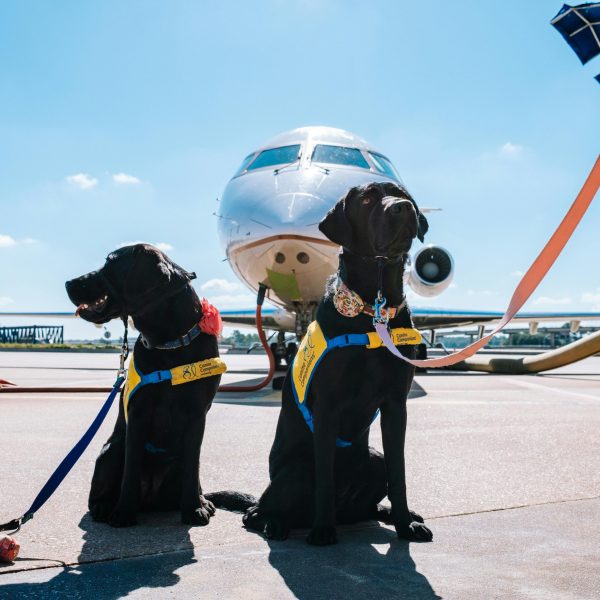Understanding the body language of dogs is crucial for both dog owners and those who frequently interact with them. Not only does it strengthen the connection between humans and dogs, but it also ensures safety by avoiding misunderstandings that could lead to discomfort or aggression. Dogs primarily communicate through body signals, and being able to interpret these cues accurately can significantly enhance our interactions with our furry companions.
Grasping the Fundamentals of Dog Body Language
Dogs use body signals to convey their feelings and intentions. These signals can involve facial expressions, body postures, as well as the positioning of their tails and ears. For example, a content dog typically exhibits a soft gaze, an open mouth, and a tail wagging loosely. On the other hand, a dog feeling threatened may display a stiff stance, ears pinned back, and a tucked tail.
Identifying Indications of Joy
Happiness in a dog is usually easily recognizable. Look for a relaxed posture with a tail wagging at a moderate height. The eyes may appear squinted or blinking, while the mouth could be open with the tongue visibly hanging out. Playful gestures, such as play bows—where the dog lowers its front legs while raising its hindquarters—are an invitation to engage in fun activities and are clear indicators of a cheerful disposition.
Identifying Fear and Anxiety
Dogs that are anxious display various behaviors like hiding, tucking their tails, flattening their ears, and avoiding eye contact by looking away or moving away. They may also exhibit signs such as panting, drooling, or showing the whites of their eyes, known as “whale eye.” Recognizing these cues can help prevent a dog’s fear from escalating into aggression.
Warning Signs
It’s essential to recognize signs of aggression in dogs to prevent bites or attacks. Aggressive behaviors include growling, snarling, showing teeth, and intense staring. The dog’s body is often tense, with raised fur along the back. An aggressive dog may also stiffen its tail and hold it up high as signals to give space and back off.
Submission and Appeasement
Submissive gestures in dogs are sometimes misunderstood as guilt but are actually acts of appeasement. These gestures involve exposing the belly, flattening ears back, and avoiding eye contact. Submissive urination might occur in highly submissive dogs. These behaviors aim to convey non-threatening intentions and often seek to pacify a more dominant individual to prevent conflicts.
Curiosity and Vigilance
When a dog is curious or attentive, you may notice its body language shifting towards being more focused, with ears perked up and eyes wide open. The tail is often held horizontally, neither too stiff nor too relaxed. This posture indicates interest and is typically observed when a dog is exploring new things in its surroundings.
Playfulness
Identifying playful behavior in dogs is quite straightforward. In addition to gestures like play bows, they may engage in activities such as jumping, light barking, and running around in circles. A dog’s mouth is often open in what seems like a smiling expression. These actions are an invitation for interaction and signify that the dog is feeling happy and eager for some fun.
Mixed Signals and Stress
At times, dogs may exhibit signals that can be perplexing. For instance, a dog might wag its tail while showing signs of tension elsewhere in its body, with ears pinned back, indicating stress rather than joy. Signs of stress also include yawning, licking lips, and shaking off as if drying itself. Understanding these cues can help determine if a dog is under pressure and needs a break from its circumstances.
Context Matters
It’s crucial to interpret canine body language by considering the surrounding environment. A dog’s behavior can be influenced by factors like encountering strangers, loud noises, or other animals. What may seem like relaxation in one situation could indicate fear in another scenario.
Improving communication involves humans understanding and responding appropriately to a dog’s needs and emotions. This leads to a more fulfilling relationship for both parties. Effective communication with dogs requires not only comprehension but respect for their feelings and reactions. Training and socialization can help dogs feel more at ease in various situations, reducing anxiety and enhancing their ability to communicate.
Understanding a dog’s body language goes beyond mere interpretation; it involves reacting to these cues in a manner that respects the dog’s boundaries, fosters positive interactions, and strengthens the bond between canine and companion. By being more receptive to our dogs’ nonverbal communication, we establish stronger connections and create safer environments for all involved.








